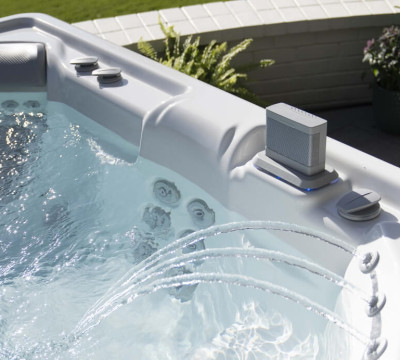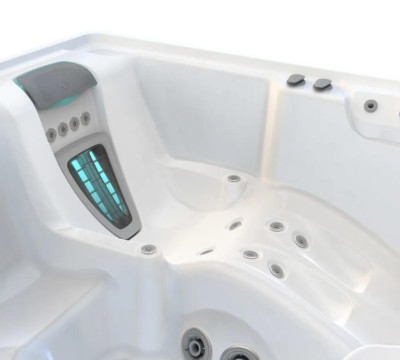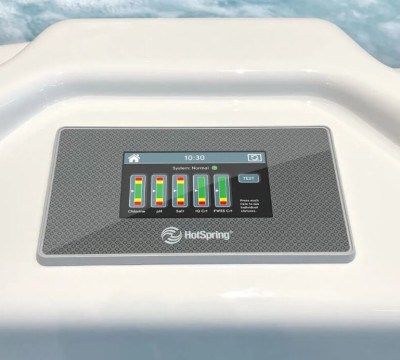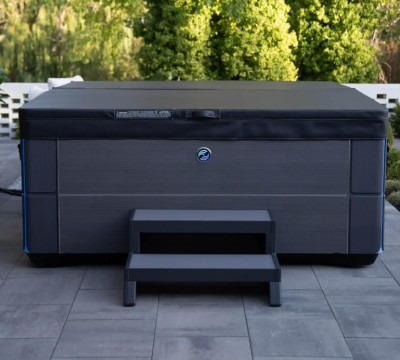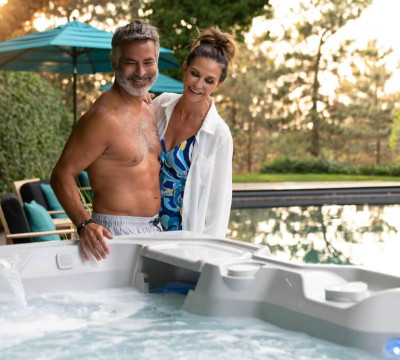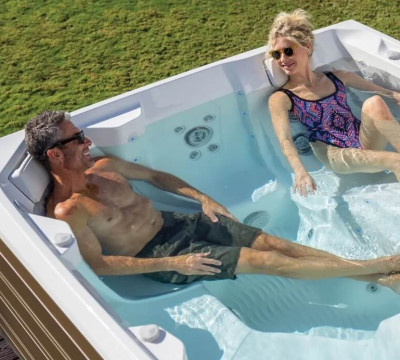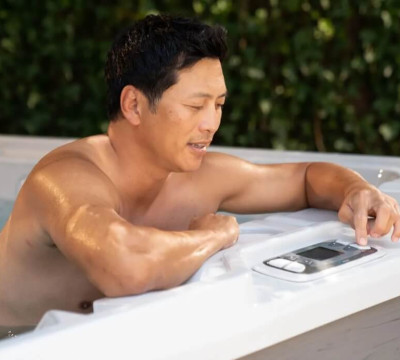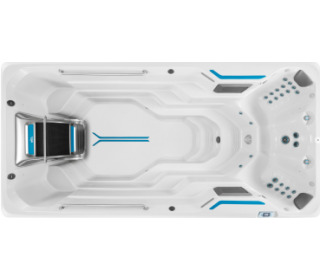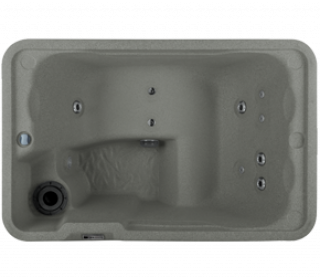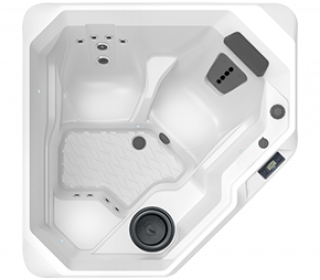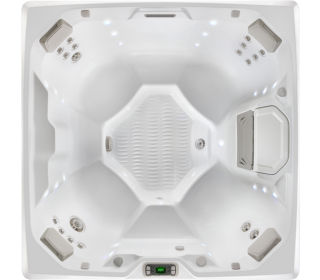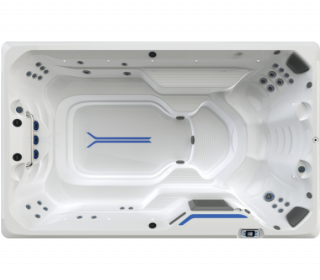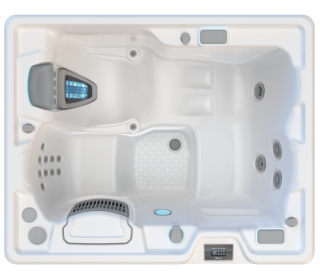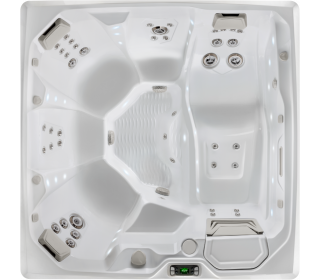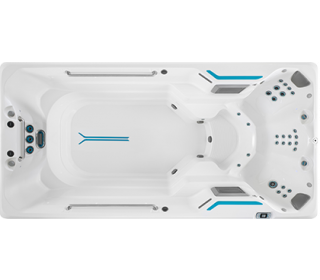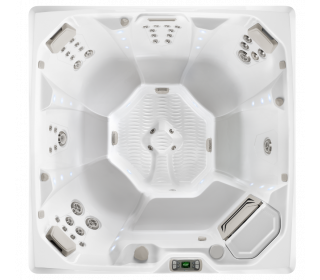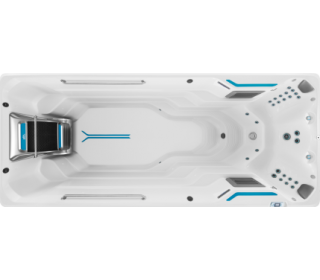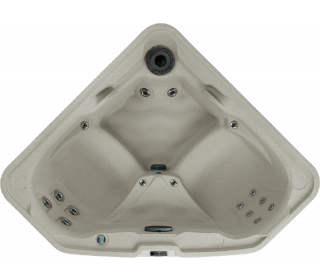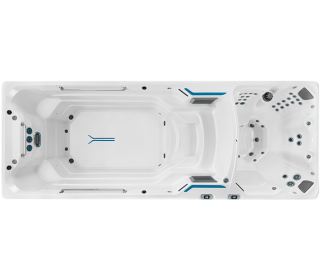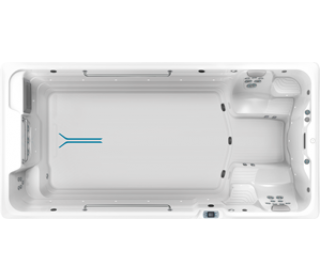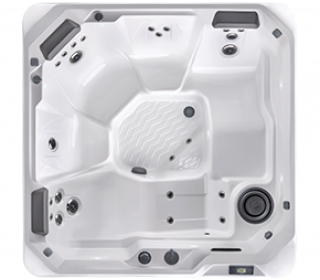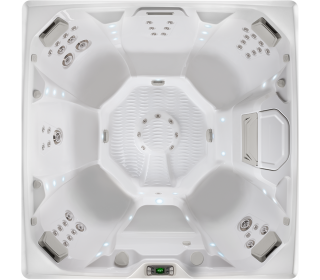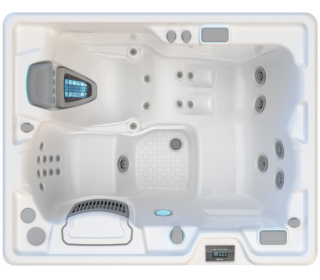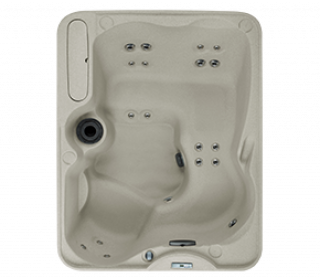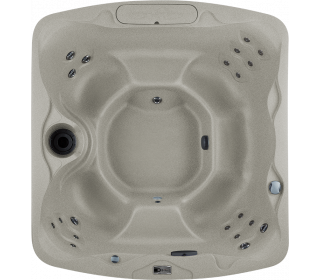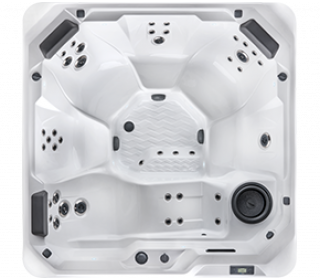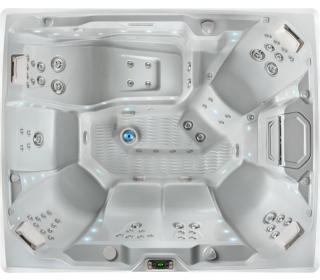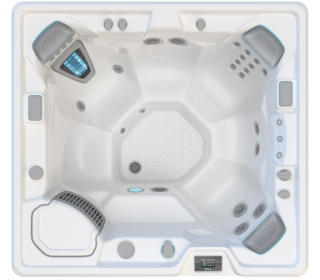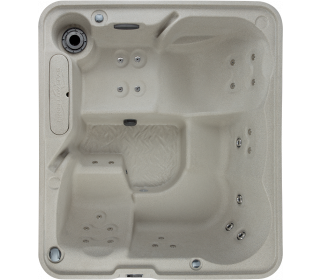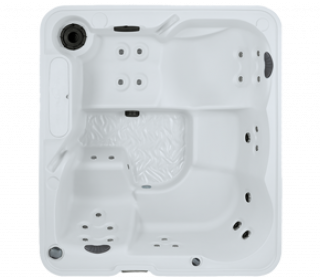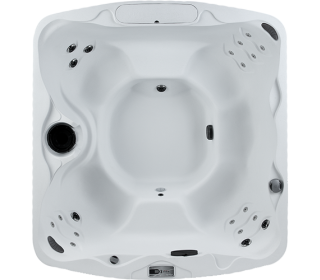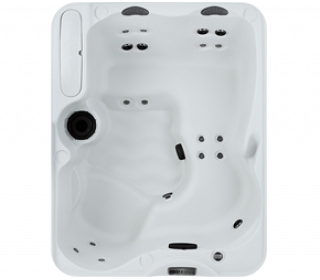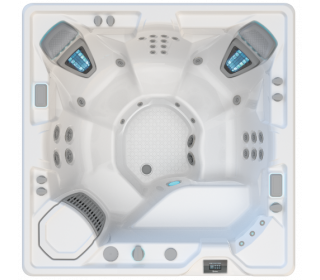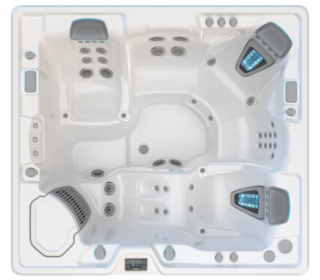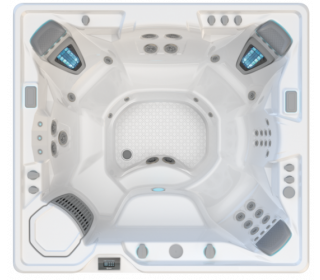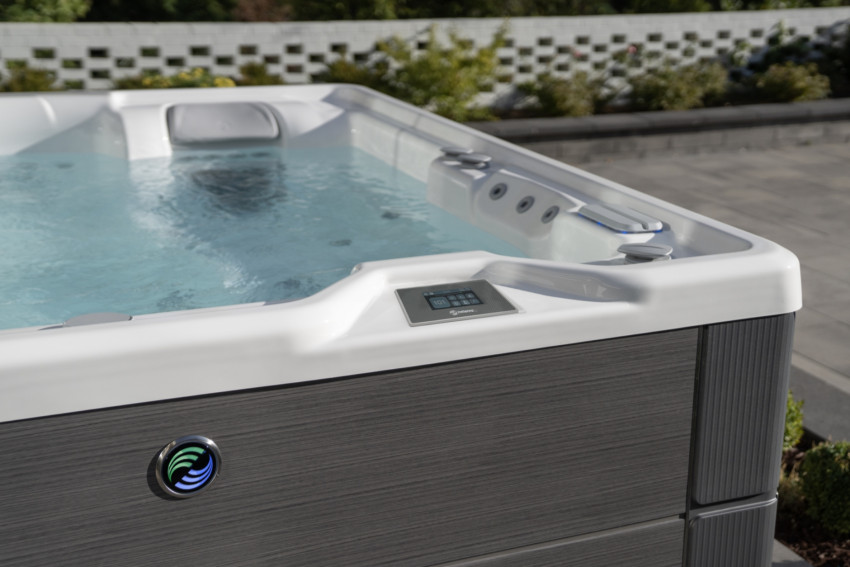Everyone loves hot tubs.
Even if you don’t have one, you have probably considered or even daydreamed about taking a relaxing soak after work or enjoying downtime with your family.
For many of us, having the pleasure of a hot tub experience might be limited to your local sports center or booking a relaxing weekend at an upscale hotel. Hot tubs can be social or private, relaxing or romantic; they are certainly here to stay.

Everyone loves them but can everyone use them? Are they safe if you have health conditions like high blood pressure?
Hot tubs aren’t necessarily bad for you if you have high blood pressure but you will need to be aware of your health and how you feel whilst enjoying the experience. The US National Library of Medicine found Immersion in a hot tub for 10 minutes lowers blood pressure in subjects with treated hypertension, but no more than in normotensive control subjects. Spending 10 minutes in a hot tub should be safe for most treated hypertensive patients.
Talking to your doctor and taking a few simple precautionary steps can guarantee your experience is a positive one.

Hot tubs are not harmful for people with high blood pressure if you’re careful
Nothing can be more of a buzz-kill than weighing down a pleasurable experience with a lot of facts and details; however, a basic knowledge of how hot tubs affect you won’t distract you too much and it will make your experience not only safer but also more enjoyable.
The most obvious effect a hot tub will provide you with is an opportunity to relax any taut or tightened muscles in your body. These are easily noticed, as minor soreness in specific areas, such as your shoulders or between your shoulder blades, will reduce. What is less clear is that this is caused by blood rushing to the skin and outer limbs, and away from the internal organs. When this happens, your blood pressure will drop; in a healthy person, this isn’t a serious matter but for those with high blood pressure, it is a little more serious. The heart must beat faster in order to continue moving the blood through the body, resulting in an accelerated pulse.
Another effect is that the hot water will raise the body’s internal temperature. Ordinarily, when the body’s core temperature is elevated, the body will perspire and the perspiration will help to cool the body. This is also what happens after a person has been doing moderate exercise. However, in a hot tub the body’s perspiration isn’t able to cool the body and the body’s core temperature stays elevated. In this sense, the effect of the tub is similar to the effect of having completed moderate exercise. This isn’t a serious issue for those who have high blood pressure, but it is still something they should be aware of and monitor closely.
In spite of these potential physical reactions, enjoying a hot tub experience is still safe for those who have high blood pressure. If at any point the person in question begins to feel faint, dizzy or nauseous, they should immediately step out of the tub and find a place to sit and relax for a few minutes while their body readjusts to being out of the tub. It’s a good idea while in the tub to keep a bottle (or bottles) of cold water within easy reach. Many people will consider this the ideal time to enjoy a glass of wine but this should be avoided.
The Harvard Medical Editor in Chief also advises against moving from the tub into a colder body of water (a lake or swimming pool) as the side effects of this sudden and drastic shift in temperature on the body may result in a spike in blood pressure.
Do hot tubs raise blood pressure?
It’s a concern that many people with high blood pressure share: will a soak in a hot tub increase my blood pressure even further? Science has an answer, and it’s good news.
Rather than increase blood pressure, immersion in warm water has actually been shown to balance, and in some cases even lower blood pressure. This 2013 study noted that warm water immersion was an effective way to decrease high blood pressure in osteoarthritis patients. And in a spa pool the effects of warm water might be magnified, as strategically placed jets direct therapeutic streams of water to key areas of the body, further encouraging blood flow.
A key contributor to high blood pressure is often atherosclerosis – stiff and inflexible arteries. A review of the thermal effects of water immersion found that participants who submerged their feet and lower legs in warm water for 30 minutes experienced reduced arterial stiffness, which in turn may help to lower high blood pressure.
All in all, the therapeutic waters of a spa pool have been found to be a decidedly good thing for people who have high blood pressure.

Other reasons to be aware and cautious
Further health matters, such as diabetes, sleep apnea, heart conditions and prescription medication, are also factors to consider. If any of these conditions apply to you, you should consult your doctor first before attempting to enjoy an evening dip in a hot tub. Pregnancy is also a reason to be extra cautious where hot tubs are concerned; it doesn’t mean that pregnant women can’t enjoy a hot tub session but they should talk to their doctor and monitor themselves closely if they decide to try it.
Taking the plunge
If after all of these pros and cons you decide to give it a try, go for it. One final suggestion offered by health professionals is not to stay in the tub longer than ten minutes.
If, after you have had your ten minutes and exited the tub, you decide to go back in, give your body a chance to cool down to normal before you re-enter. Another way to make the experience pleasant and safe is to keep hydrated and potentially lower the temperature of the water in the hot tub. Higher temperatures may feel good but more moderate temperatures can be just as enjoyable.
Frequently Asked Questions
How long should you stay in your hot tub? Manufacturers will tell you various answers but most health experts seem to agree that 10 minutes is the max; it doesn’t mean you can’t re-enter after you’ve had a chance to cool off, but 10 minutes per session is the consensus.
Are hot tubs good for your skin? The water in hot tubs can cause blood to move outwards towards the skin, bringing oxygen and important minerals to the skin. This is always a good thing. However, doctors have suggested that extended soaks (more than 10 minutes or repeated dips) can dry out the skin. Maintaining a correct pH and Sanitizer balance in the hot tub water can offset this; another suggestion is to apply skin lotion after soaking in the tub.
Can you go into a hot tub if you have a pacemaker? This is generally not recommended. The heart must beat faster to move the blood through the body when you’re in a hot tub; if the heart is already relying on a pacemaker for assistance, you should think very carefully before going in. Better yet, don’t.
Can hot tubs cause headaches? Hot tubs usually have the exact opposite effect, but you should stay hydrated. Keep water bottles within reach and hydrate yourself properly, and this won’t be a problem.
Do hot tubs offer any health benefits? Used in moderation, hot tubs can provide some health benefits such as stress relief, joint pain relief, sleep enhancement, healthier skin, relief from osteoarthritis.
Love what you read? Join our Hot Spring Community and be the first to get the latest news and spa pool deals.



